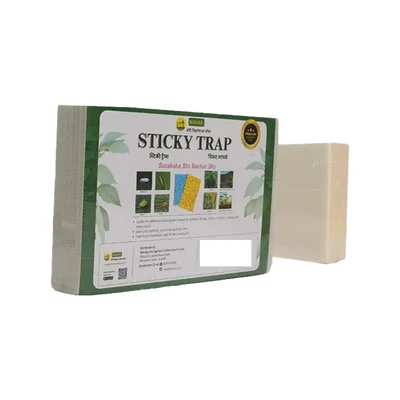- Farm & Garden
- Pumps & Motors
- Food Processing
- Workshop, DIY & MRO

Brand: WAVAR
WAVAR A5 Size (6 x 8 inch) White Sticky Trap(Pack-Bundle of 1)
SKU: TB-WA-32243-C1-R10 Delivery By: Dec 20 - Dec 22
Delivery By: Dec 20 - Dec 22 




MRP : ₹450 ₹225
50% OFF!
 Delivery By: Dec 20 - Dec 22
Delivery By: Dec 20 - Dec 22 
Easy Return
& Refund
& Refund

Quality
Assurance
Assurance

Trusted
Delivery
Delivery

After Sales
Assistance
Assistance

Buyer
Protection
Protection
₹NaN (Including GST)
MRP :
Get Extra ₹ OFF on Prepaid Orders
QTY :
Short Description
Specifications
Description

Select attribute





